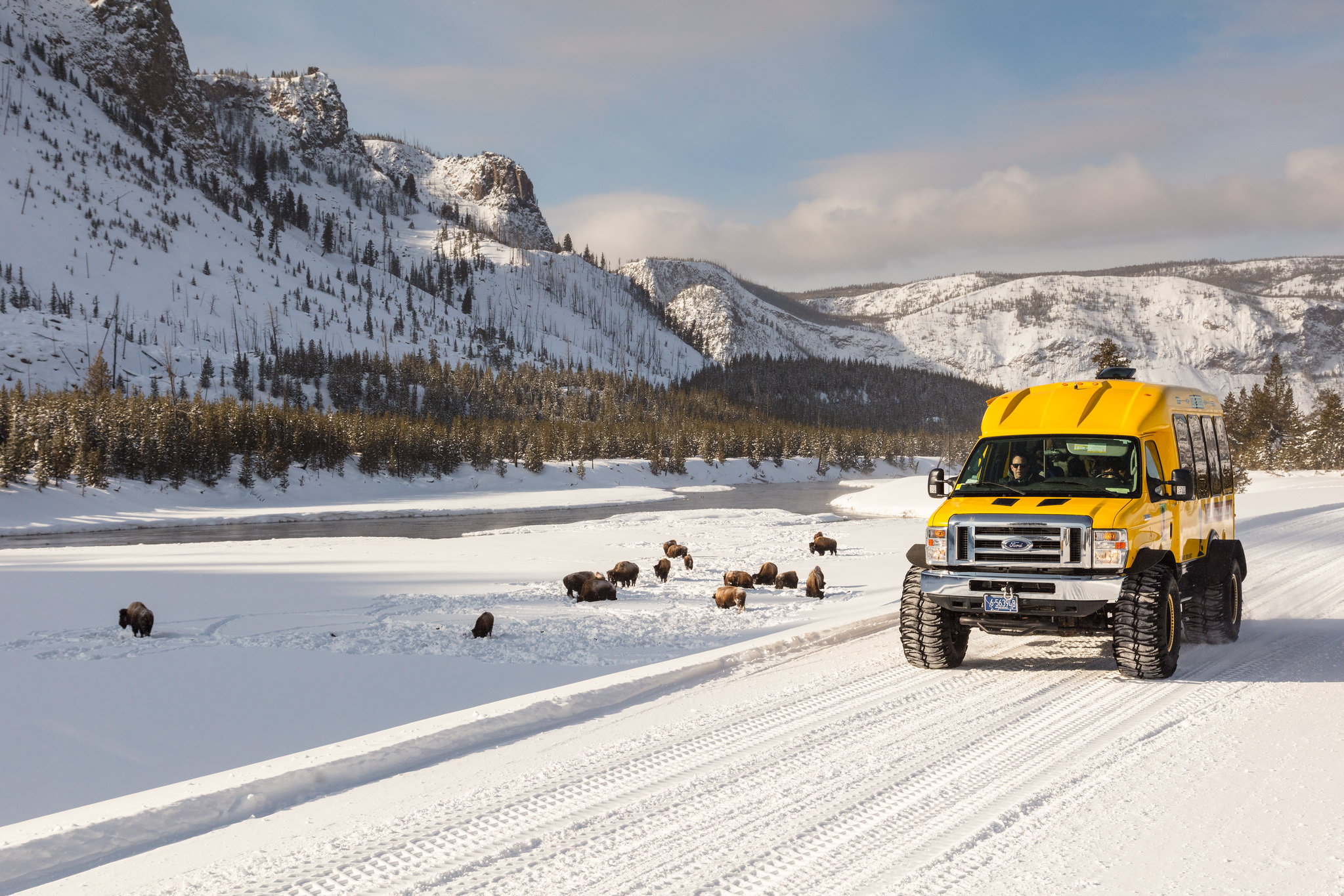
By Mark Davis
Powell Tribune
Via- Wyoming News Exchange
POWELL — Scientists with the federal government are increasingly documenting significant changes in the amount of snow that falls in Yellowstone National Park as well as the intensity and timing of spring runoff. These trends could affect everything you see when you come to the park, as well as everyone and everything living downstream, according to the National Park Service.
The changing climate is fundamentally transforming protected lands and will continue to do so for many years to come — the National Park Service reports it will transform everyone’s experience of the parks. Snowmelt in the alpine areas of the Rocky Mountains is critical to both the quality and quantity of water throughout the region, providing 60%–80% of streamflow in the West.
The most recent report coming from the automated snow monitoring system that includes more than 900 individual sites across the West shows the Yellowstone Basin lagging behind most of Wyoming with a 30-year median snow/water equivalent of 63%. The state median is at 83%.
A renowned landscape ecologist studying climate change in the Greater Yellowstone Ecosystem (GYE) recently warned that climate change and drought will result in longer wildland fire seasons and an increased number of incidents, likely significantly changing the landscape of the Greater Yellowstone Ecosystem before the turn of the century.
Monica Turner, a professor of ecology at the University of Wisconsin-Madison, says that the future of Greater Yellowstone is uncertain due to warming temperatures and drier summers. These factors may drastically shorten intervals between landscape-changing fires and affect post-fire recovery. In her research, she has found warming trends that suggest we will see increased intervals of fire, resulting in extensive areas of forested land receding in Yellowstone and surrounding areas, largely due to the decreased time before fires return to the same areas.
It’s not just the scientists who are noticing dramatic changes. Locals who have years of experience in the region’s natural habitats have seen it.
“I’m not gonna get into the argument of what’s causing or what’s not causing it, but we’re seeing climate change like I’ve never seen before,” said Park County Commissioner Lee Livingston in an interview with the Tribune. “When I was a kid, you could pretty much always ice fish on Thanksgiving Day. And the reservoirs are a long way from that now.”
Throughout the GYE, snow often lingers into early summer at high elevations. Climate change is expected to affect both snow accumulation and rate of spring melt. In some places, warmer temperatures will mean more moisture falling as rain during the cooler months and the snowpack melting earlier in the year. The reduction in snowpack is most pronounced in spring and summer, with continued declines in snowfall projected for Yellowstone over the coming decades. The decrease in Yellowstone’s snow will affect millions of people beyond the boundaries of the GYE, including here in Powell, and others who depend on this critical source of water.
The same is true in many national parks and public lands and has led to a series of investments to prepare lands under the management of the Department of Interior. The Biden administration announced Tuesday it is investing about $195 million for climate restoration and resilience projects over the next decade, with the goal of protecting America’s national parks for “generations to come.”
National parks across the U.S. will use the additional funding to prepare for the impacts of climate change, protect species, restore ecosystems and invest in conservation jobs, according to the announcement.
“This investment in conservation demonstrates an unprecedented commitment towards tackling the climate crisis and strengthening America’s resilience,” said National Park Service Director Chuck Sams. “From protecting species to rebuilding outdoors infrastructure, this investment will support ongoing efforts to protect and preserve our nation’s most cherished places.”
The investment will support more than 40 projects across hundreds of national parks, including initiatives that promote climate resilience in forests across the country. Among the many goals, the funds will also be used to manage abandoned mines on public lands to improve safety for visitors and wildlife and help to restore sagebrush ecosystems, according to the department.
Climate change is continuing to transform where and how we live and presents growing challenges to human health and quality of life, the economy, and natural systems, the DOI reported. It pledged to continue to leverage new and historic resources to help prepare and address this crisis, using the best available science from the U.S. Geological Survey and across the department, the DOI said in its 2023 investment overview released recently.
“We are working to build a modern, resilient climate infrastructure and clean energy future that will create millions of good-paying union jobs, while protecting the communities, natural, and cultural resources on which we all rely,” the DOI reported.
Many of these projects support restoration and resilience efforts in national parks located in small and rural communities, bringing much-needed investments and jobs that support local American economies. The funding was initially announced as part of the president’s release of the Fifth National Climate Assessment (NCA5), which assesses changes in the climate, its national and regional impacts, and options for reducing present and future risk.
“America’s national parks drive economic opportunity, extend nature-based solutions in our fight against climate change, and provide the chance for people of all ages to explore and enjoy the great outdoors,” said Secretary Deb Haaland. “Through historic resources from President Biden’s Investing in America agenda, we are investing in these precious places, safeguarding endangered species and making our communities more resilient to climate change.”
These investments from the Inflation Reduction Act include an initial $44 million for work in fiscal year 2023 and advance America the Beautiful, the administration’s initiative to restore and conserve 30% of lands and waters by 2030. The investments also align with and help advance the objectives of the administration’s National Climate Resilience Framework.
Through the Bipartisan Infrastructure Law and the Inflation Reduction Act, the department is implementing more than $2 billion in overall investments to restore our nation’s lands and waters, guided by a new restoration and resilience framework to support coordination across agency restoration and resilience programs and drive transformational outcomes.
Yellowstone visits up 37% from 2022
The National Park Service announced that 400 national parks reported a total of 325.5 million recreation visits in 2023, an increase of 13 million or 4% over 2022.
Yellowstone National Park tourism currently contributes more than $600 million to gateway communities, including in Park County. About 96% of the nation’s first national park is in Wyoming.
Yellowstone hosted 4,501,382 recreation visits in 2023, up 37% over 2022 which saw 3,290,242 recreation visits. Attendance in 2023 was the second busiest on record.
The busiest year was 2021 with 4,860,242 recreational visits. More than half of these visits for both years occurred in June, July and August. Low visitation numbers in 2022 were likely due to the historic 500-year flood event that closed the park in June and kept the North and Northeast entrances closed for more than four months.
There are now 429 parks in the National Park System, and 400 parks counted visitors in 2023. For the first time, there are now parks reporting their visitation numbers from all 50 states, the District of Columbia, and four U.S. territories. Five national parks began reporting for the first time in 2023.
More than 20,000 National Park Service employees care for America’s national parks, according to the DOI, and work with communities across the nation to help preserve local history and create close-to-home recreational opportunities, NPS reported.





